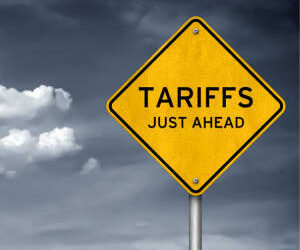Learning about ETFs can seem dry and daunting. It needn’t be. Our CPD course dives deep into the fundamentals and applications of ETFs. Register Now. For more
Real-Time Settlement Efficiency in Modern Crypto Wealth Management
Cryptocurrency liquidity has become a cornerstone of sophisticated wealth management strategies, with real-time settlement capabilities revolutionizing traditional investment approaches. The...





